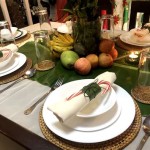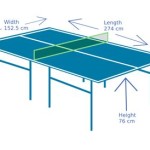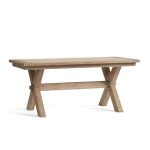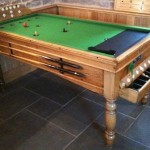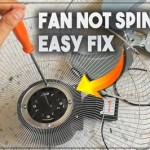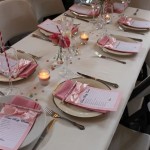How to Build Table Legs That Fold
Folding table legs offer a unique combination of functionality and space-saving convenience, making them a popular choice for various applications. Whether you're crafting a portable picnic table, a compact dining set, or a versatile workbench, the ability to fold the legs allows for easy storage and transportation. This guide delves into the process of building durable and reliable folding table legs, equipping you with the necessary steps and considerations for a successful project.
Choosing the Right Materials
The choice of materials for your folding table legs hinges on the intended use and desired aesthetics. Here's a breakdown of common options:
- Wood: A classic and readily available choice for table legs. Hardwood species like oak, maple, or cherry offer excellent strength and durability, while softer woods like pine or plywood are suitable for lighter-duty applications.
- Metal: Steel, aluminum, and iron provide exceptional strength and rigidity, making them ideal for heavy-duty tables. Metal legs can be readily welded, bent, or shaped to achieve specific designs.
- PVC Pipe: A lightweight and versatile option for foldable legs. PVC pipe is affordable, easy to work with, and comes in various sizes and colors.
Consider the weight capacity the legs need to support, the desired aesthetics, and the ease of working with the chosen material when making your selection.
Designing the Folding Mechanism
A well-designed folding mechanism ensures smooth and reliable operation, contributing to the longevity of your table legs. Explore these popular approaches:
- Hinges: Utilizing pre-made hinges, whether metal or wooden, simplifies the folding process. Position the hinges strategically to allow the legs to fold compactly.
- Butterfly Mechanism: This design involves two hinged legs that fold inwards, creating a compact butterfly-like form. It's a simple and effective mechanism for smaller tables.
- Telescoping Legs: Offer greater adjustability and space-saving capabilities. Telescoping legs consist of sections that slide into each other, extending or retracting as needed.
Sketch out your design, considering the table's dimensions, intended use, and desired folding action. The selected mechanism will influence the materials and hardware required for the construction.
Constructing the Folding Table Legs
Once you've finalized your design, you can proceed with construction. Here's a generalized outline:
- Cut and Shape the Components: Measure and cut the chosen material to the desired lengths and angles according to your design using a saw, miter saw, or table saw. Smooth any edges for safety and aesthetics.
- Assemble the Folding Mechanism: Attach hinges, butterfly mechanisms, or telescoping sections based on your chosen design. Ensure these connections are strong and secure, as they bear the weight of the table.
- Attach the Legs to the Tabletop: Use screws, bolts, or brackets to connect the legs to the underside of the tabletop securely. Carefully position the legs to ensure the table is stable in its folded and unfolded states.
- Reinforce and Finish: Consider reinforcing critical connection points with additional screws, brackets, or glue for added strength. Apply a finish to the legs, such as paint, stain, or varnish, to protect them from wear and enhance their appearance.
Work steadily and precisely, utilizing the appropriate tools and techniques for your chosen materials. Take your time to ensure everything is properly aligned and secured for a durable and functional outcome.
Key Points to Remember
Strength and Stability
Robust table legs are essential for ensuring the table's stability and preventing accidents. Use thick, durable materials and reinforce critical connection points with additional hardware. Consider the weight capacity the legs need to support, especially if the table will be used for heavier items or frequent use.
Ease of Use
A well-designed folding mechanism should be intuitive and effortless to operate. Avoid overly complex or challenging designs. Practice folding and unfolding the legs to ensure smooth operation before assembling the table.
Aesthetics
While functionality is paramount, don't neglect the aesthetics of your folding table legs. Choose a design that complements the overall style of the table and incorporates desired visual elements. You can achieve this by selecting attractive materials, incorporating unique shapes, or applying a decorative finish.

Diy Folding Table Ideas That You Can Build Easily Smart With Self Opening Legs

How To Build A Folding Table Simple Diy Woodworking Project

Folding Table How To Woodworking Wisdom Axminster Tools

Free Woodworking Plans To Build A Fabulous Folding Table The Design Confidential

Diy Folding Desk Jaime Costiglio

Diy Folding Table Outdoor Legs Wood

Free Woodworking Plans To Build A Fabulous Folding Table The Design Confidential

Handymanwire Building A Folding Table

How To Make A Folding Table 20 Diy Plans Outdoor Legs

How To Build A Fold Up Diy Grill Table For Your Barbeques

